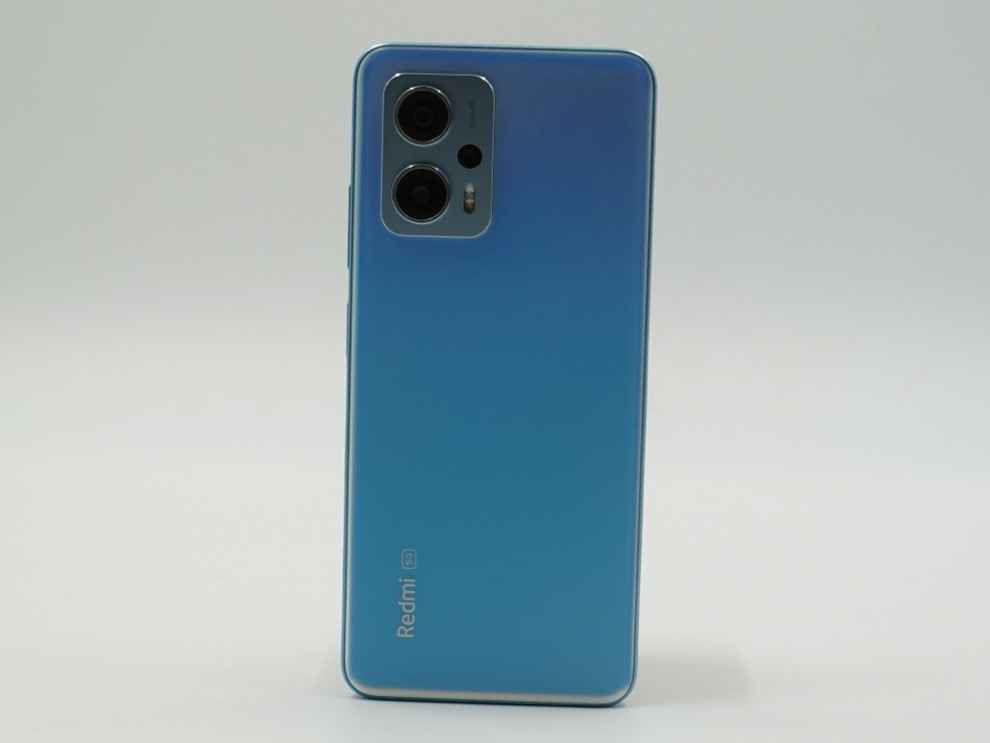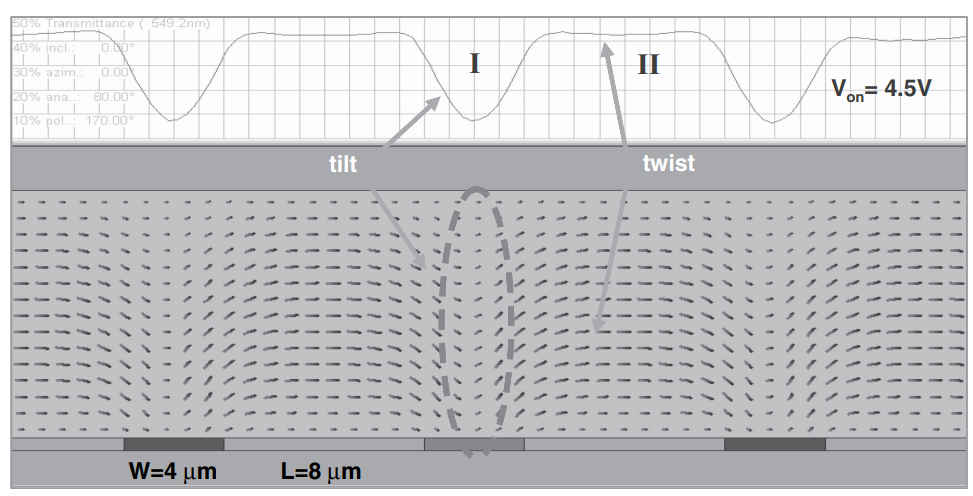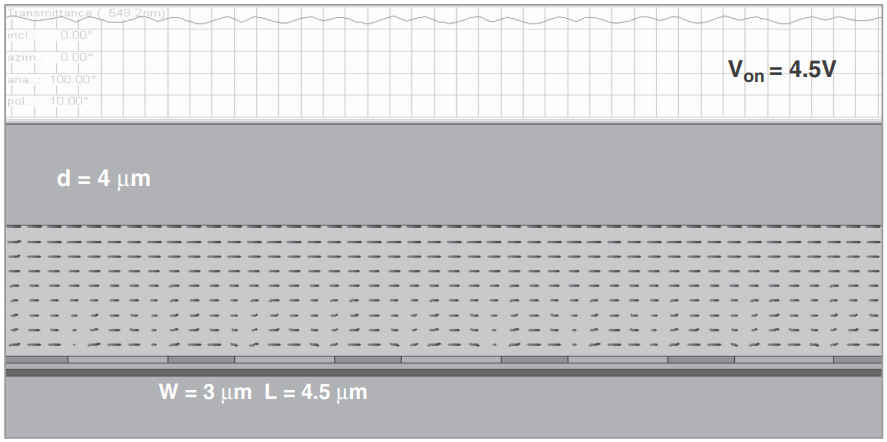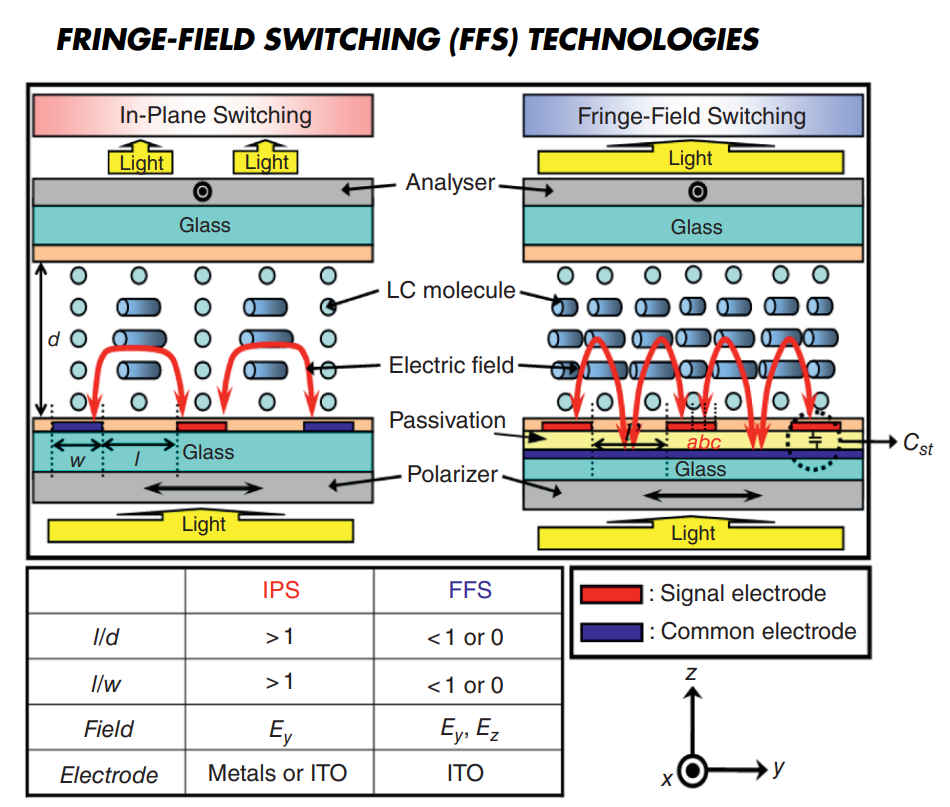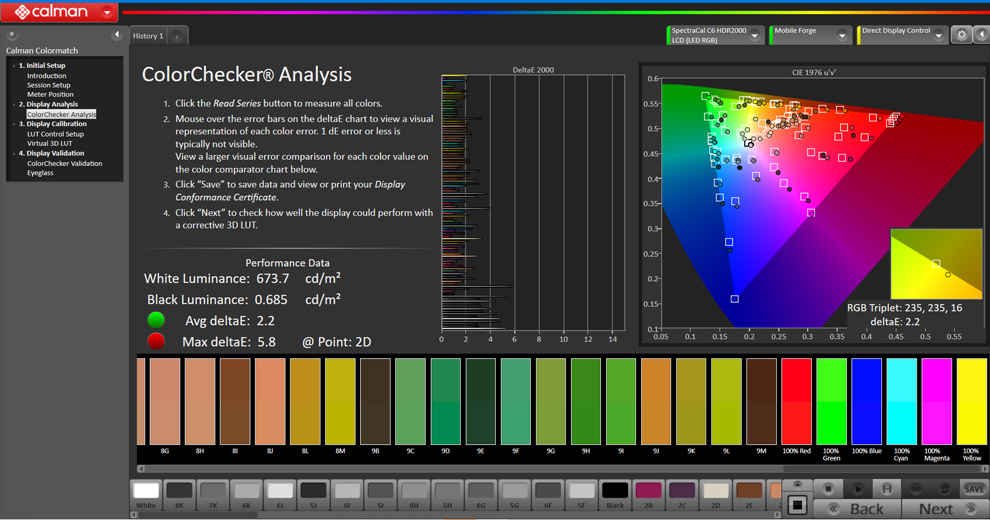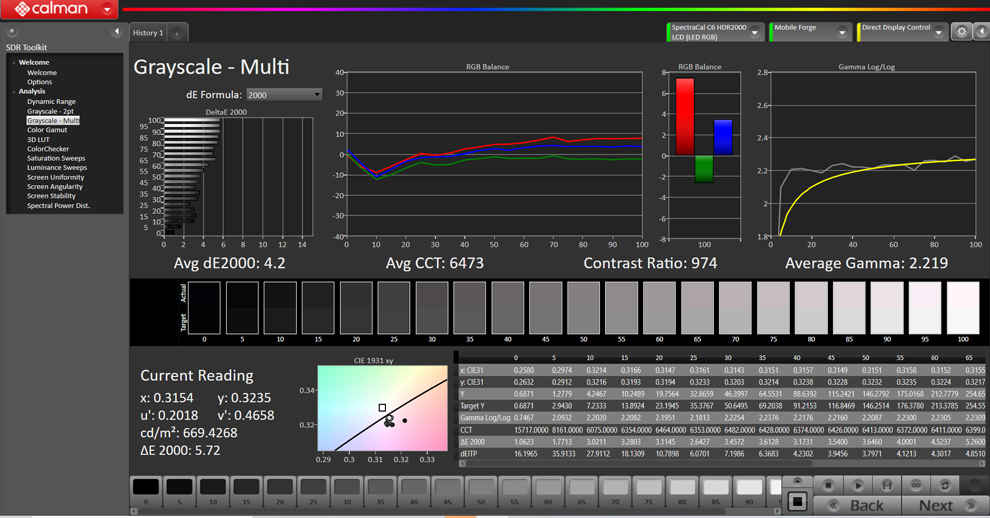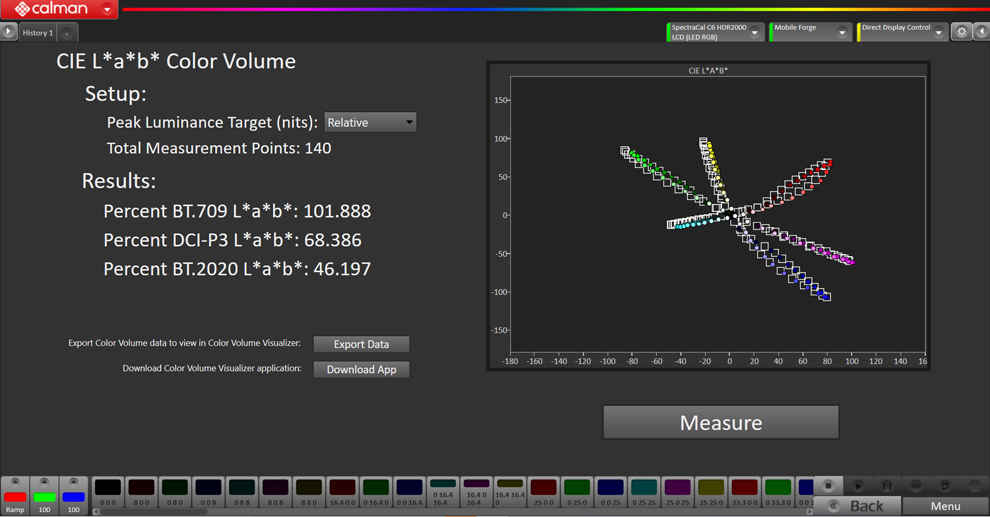What is FFS (Fringe Field Switching) LCD display used on Xiaomi Phones? How is it different than IPS LCD displays?
Xiaomi Redmi K50i recently debuted with a 144Hz FFS LCD display.
Here we will discuss how FFS LCD displays compare to IPS LCD or AMOLED displays prevalent on phones these days.
We will also discuss the practical advantages and limitations of FFS LCD panels.
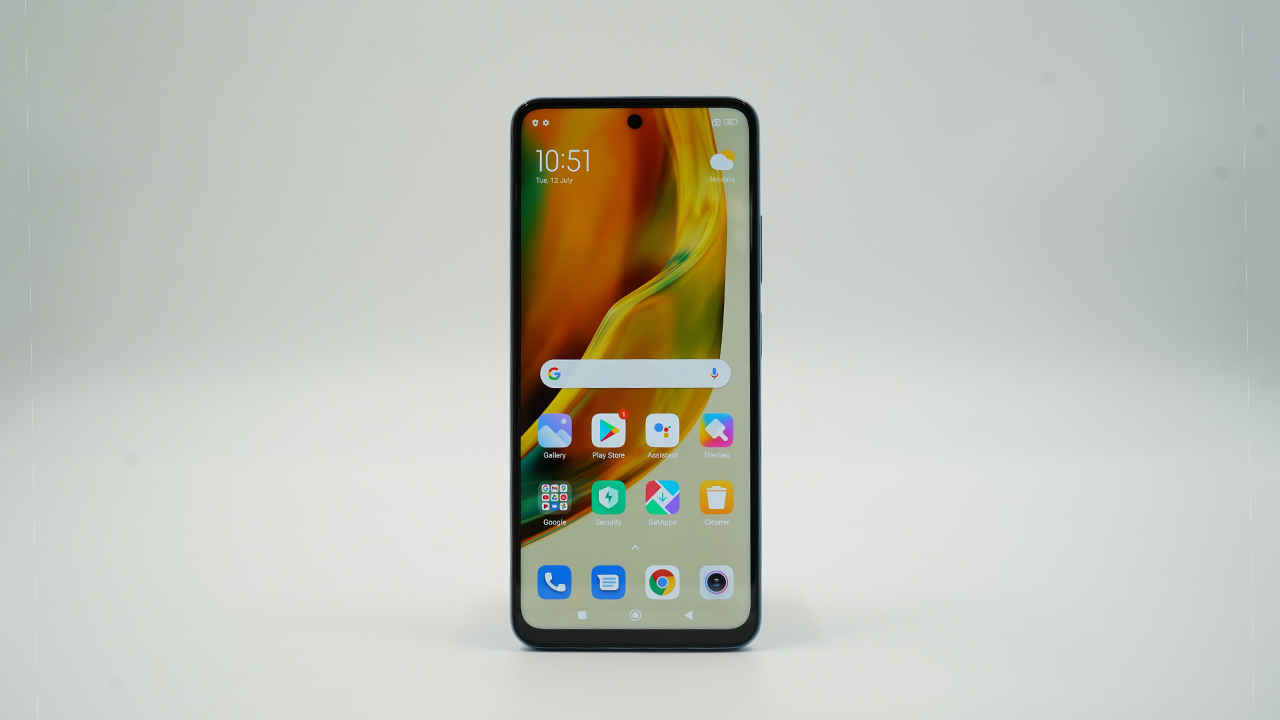
Xiaomi recently introduced a 144Hz Fringe Field Switching LCD or (FFS LCD) display with the Redmi K50i (review). Xiaomi claims that its liquid FFS display is superior to conventional IPS LCD panels in terms of performance and also allows it to deliver a 144Hz high refresh rate at a competitive price.
 Survey
SurveyBut what exactly is an FFS panel? How much better it is in practical terms as compared to an IPS LCD display? If you are a display enthusiast wondering what FFS means, we will try and address all your queries here.
The low down
Let’s first make it clear that FFS LCD is not a new technology and the Xiaomi Redmi K50i is not the first phone with an FFS LCD display. The tech was first patented in 1996 and since then has been used in many popular consumer devices. In fact, they were first popularized by Apple which used FFS LCD displays for its first 326 PPI retina displays on earlier iPhones like iPhone 4 and also on the Apple iPad. Since then FFS LCDs have been used in a variety of consumer devices including 244Hz gaming laptops and 8K 120Hz TVs.
Compared to conventional IPS LCD panels, FFS or Fringe Field Switching LCDs have relatively higher transmittance, higher contrast, faster response time and lower power consumption. FFS mode also shows the least colour shift as viewing angle changes as compared to any other LCD technology. On the downside, It’s a tad more expensive to fabricate an FFS LCD panel as compared to an IPS LCD panel.
How do Fringe Field Switching displays differ from IPS LCD?
If you really need to get into the nitty-gritty of the technical difference between the two, some familiarity with the structure and working of basic LCD technology is required. We are oversimplifying things a bit, but basically, LCD displays have a liquid crystal substrate sandwiched between several other layers including two glass polarizers. When an electric field is applied to the substrate, the liquid crystal (LC) molecules re-align themselves, allowing the backlight to pass through.
Now the IPS and FFS displays are both very similar and were designed to overcome the problems of poor viewing angles from Twisted Nematic or TN LCD panels.
In both IPS and FFS LCD displays, the initial alignment of the LC molecules is in the plane of the cell. When a bias voltage is applied, the generated electric field rotates the LC molecules in the plane, resulting in the transmittance of the backlight.
However, the major difference between IPS LCD and FFS LCD displays is in the placement of electrodes. An FFS Cell has more electrodes packed closer to each other as compared to an IPS cell. This results in an extra horizontal component of an electric field or a stronger fringe field above the electrodes.
An IPS cell requires a wide distance (l) between electrodes with minimal electrode width (w) to achieve high transmittance, but this also results in high operating voltage. At the edges of the electrode in an IPS cell, there is only one vertical component of the electric field, and thus the LC molecules just above the electrode do not rotate effectively. This results in minimum transmittance in the region right above the electrodes.
IPS Cell – transmittance is low in the region right above the electrode (Region I << Region II)
To increase transmittance in an IPS cell, manufacturers can apply higher bias voltage Manufacturers or choose an LC material with a lower response time. In other words, there is a tradeoff involved between transmittance, response time, and power consumption.
By packing more electrodes closely, FFS displays counter these IPS LCD drawbacks while also retaining wide viewing angles. When a bias voltage is applied, the resulting fringe electric field has both horizontal and vertical components. Since the electrodes are closely spaced, the horizontal electric field (which is missing in the IPS cell) is present and it is strongest on the edges of the electrodes. The fringing fields are able to twist the LC molecules above the electrodes. This ultimately results in uniform transmittance across the entire cell.
FFS Cell – uniform transmittance in the FFS Cell.
Of course, we are oversimplifying things a bit to avoid making this article overly technical and mathematical, but that’s the basic principle of how an FFS display differs from an IPS LCD display.
In the FFS device, the pixel addressing electrodes and common electrodes are fabricated as different layers with a passivation layer between them.
Almost all displays in use today are active matrix displays that require a capacitor for every pixel to hold charge till the next refresh cycle. Another advantage of FFS mode is that this storage capacitor (Cst as shown in the image above) is automatically formed in each pixel owing to overlap between the pixel and the common electrodes as shown in the image above.
All other LCD modes need to dedicate some pixel space for the capacitor, resulting in lesser transmittance. This gives FFS mode an advantage when high-resolution screens with small pixel-size are needed.
FFS LCD display performance in practice
Well, now that we have discussed the theory, let’s talk about the practical experience.
We tested the Xiaomi Redmi K50i display in sRGB colour profile using Spectracal C6 Colorimeter and Calman Ultimate software.
The K50i delivered 673.7 Nits of white luminance which is on the higher side when compared to IPS LCD panels in the mid-range segment. This falls in line with our expectations of higher transmittance from FFS LCD displays.
Calman recorded an average delta error of 2.2 in the sRGB colour mode, which is again quite good.
The greyscale performance was also better than expected. The red bias increases as we move towards 100 per cent white, which results in the sRGB mode being warmer than standard. The contrast ratio of 974 is again above average, but not particularly exciting. The colour volume of the display also turned out quite decent compared to conventional IPS LCD options.
To sum it up:
So, overall, the FFS LCD displays retain the key wide viewing angle benefits of IPS LCD panels and further offer higher transmittance, higher responsiveness, and better power efficiency. In our testing, the FFS LCD display on the Xiaomi Redmi K50i faired better than the average IPS LCD panels we see in the affordable and mid-range segment. It also allows Xiaomi to keep the cost competitive while also delivering a 144Hz high refresh rate display. But at the same time, AMOLED panels are still better for multimedia content consumption.
Siddharth Chauhan aptly summarized his experience with the FFS LCD display in his Xiaomi Redmi K50i review:
“It also offers wider viewing angles than normal LCD panels and has high response times. All said and done, it’s still not up to the standards of an AMOLED screen which is a bummer in my opinion.
The display is decent enough to watch something on YouTube or even a movie on Netflix since it is HDR10 and Dolby Vision compliant. The refresh rate can go up to 144Hz which is great since it allows for increased smoothness but not many games can benefit from such a fast refresh rate yet."
Deepak Singh
Deepak is Editor at Digit. He is passionate about technology and has been keeping an eye on emerging technology trends for nearly a decade. When he is not working, he likes to read and to spend quality time with his family. View Full Profile
